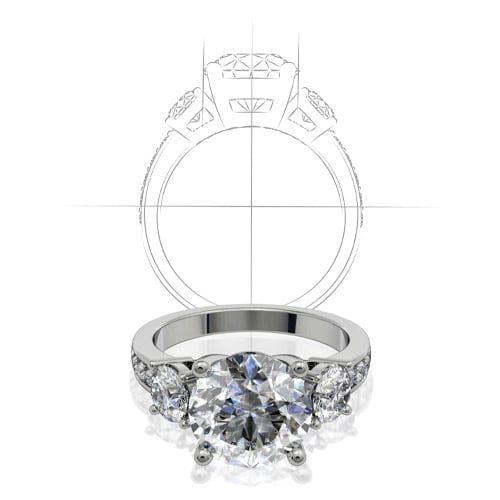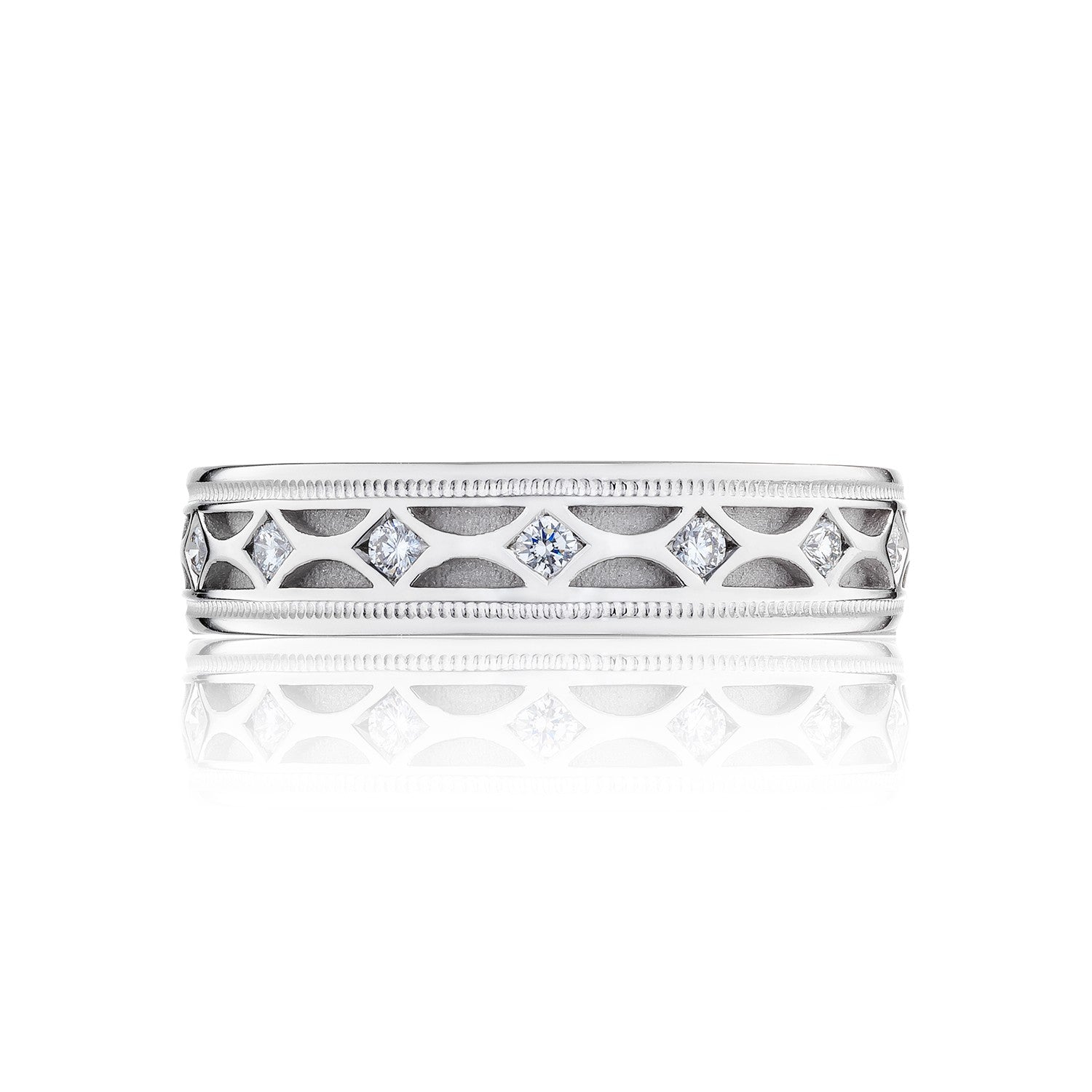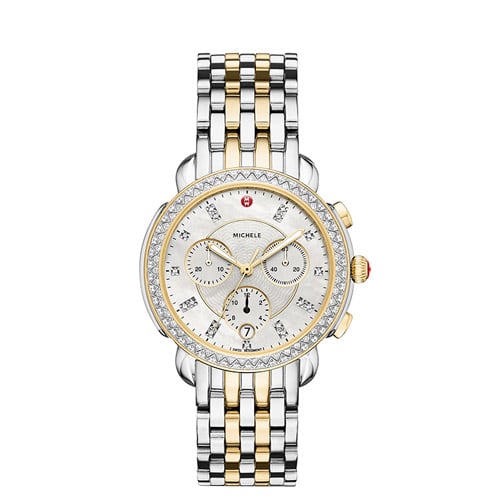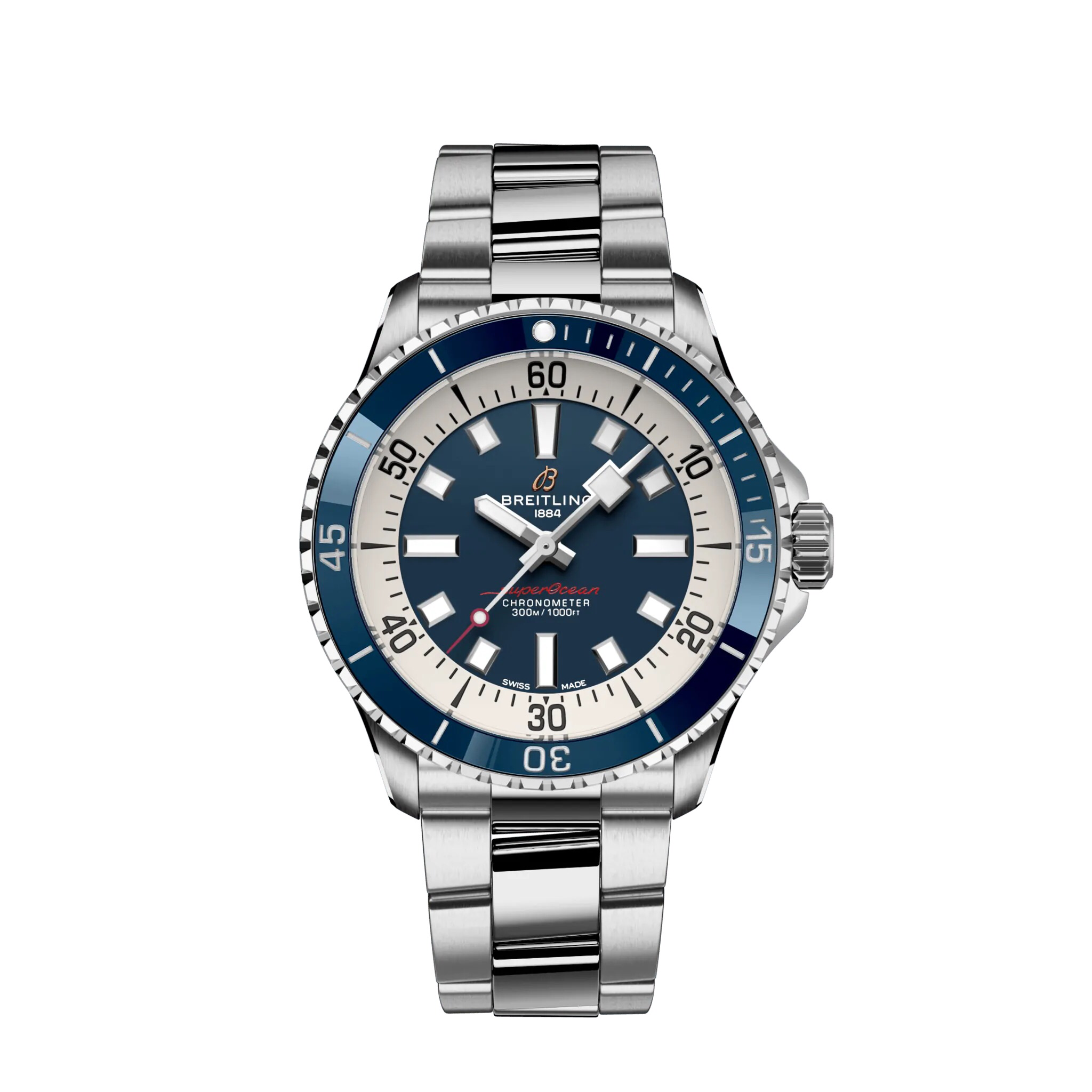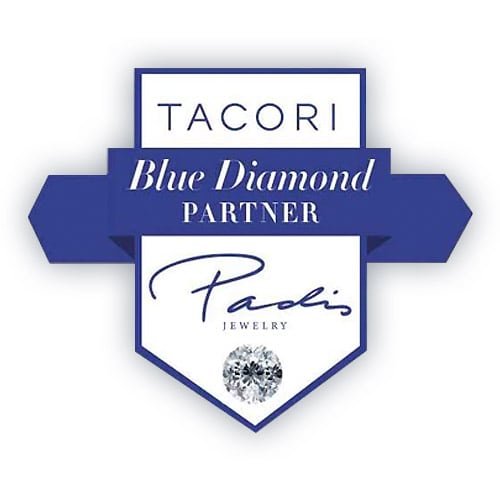3 Ways the New Grading Scale for Lab-Grown Diamonds Affects You
Lab-grown diamonds certainly have carved out a place for themselves in the marketplace, and the new grading system recently announced by the Gemological Institute of America (GIA) confirms it. The organization that has set the standard for diamond quality for decades – bringing us the” 4 Cs” of cut, color, clarity and carat weight – is now changing the way lab-grown diamonds are graded. Why the change and what does it mean to consumers like you? Read on to find out...

Why and What is Changing with GIA’s Lab Diamond Grading
According to GIA’s Tom Moses, there has been a shift over the past 5 years with 95% of diamonds entering the market falling into only two categories: high color and high clarity. As a result, the full 4 Cs scale is no longer relevant.
Here’s how things have evolved.
Previously, GIA used different descriptions and a more general grading scale for lab-grown diamonds. Instead of assigning exact letter grades like they do for natural diamonds, GIA reports said things like “color grade equivalent to G-H” or “VS equivalent clarity.”
More recently, GIA began using the same 4Cs grading standards for lab-diamonds as natural ones, with full letter grades such as D color and VS1 clarity. Lab diamonds also receive a standard GIA report that includes GIA’s QR-coded grading reports.
Now with the new scale, GIA will label natural and lab diamonds as either premium or standard. If a diamond fails to meet the standard, GIA will not grade the diamond.
And while it’s too soon to tell, GIA’s influence is global, so this scale could become the new benchmark even for lab-grown graders. In addition, GIA’s adoption of the scale may pressure other labs to provide similar measures that increase trust, consistency and digital report accessibility.
How Does the New Grading Affect the Market
The move to the new two-scale scoring is great for the consumer of both lab-grown diamonds and natural diamonds because it encourages manufacturers to only send their top-quality diamonds. But that’s not the only impact.
For the lab-grown diamond market, the change by GIA:
- Increases credibility for lab diamonds even further because of GIA’s reputation.
- Gives greater transparency because buyers get a full report
- Produces potential price stabilization for lab diamonds because there will now be an easier side-by-side comparison to natural diamonds
For the natural diamond market, the change by GIA:
- Provides more direct comparison between natural and lab-grown diamonds because they’re graded on the same scale. This invites consumers to question price gaps.
- Creates competitive pressure because some buyers may switch to lab diamonds when they see similar grades at a fraction of the price. This would affect lower clarity or lower color natural stones the most.
What Does This Mean For Your Upcoming Engagement Ring Purchase?
If an engagement is on the horizon for you, here are 3 ways the move by GIA helps you make the big decision!- Increases confidence in lab diamonds. The new GIA grading is an endorsement of the quality and consistency of lab-grown diamonds, which makes couples more trusting of the purchase.
- Makes upsizing easier. Now that you can verify quality with the same standards used for natural diamonds, you may choose larger lab diamonds.
- Allows for greater customization. Your jeweler can build you the ring of your dreams without sacrificing quality or transparency.
Come see the largest selection of lab and natural diamonds in California at Padis Jewelry.
We own our inventory and have hundreds of natural and lab-grown diamonds available in our San Francisco showrooms.
- |


